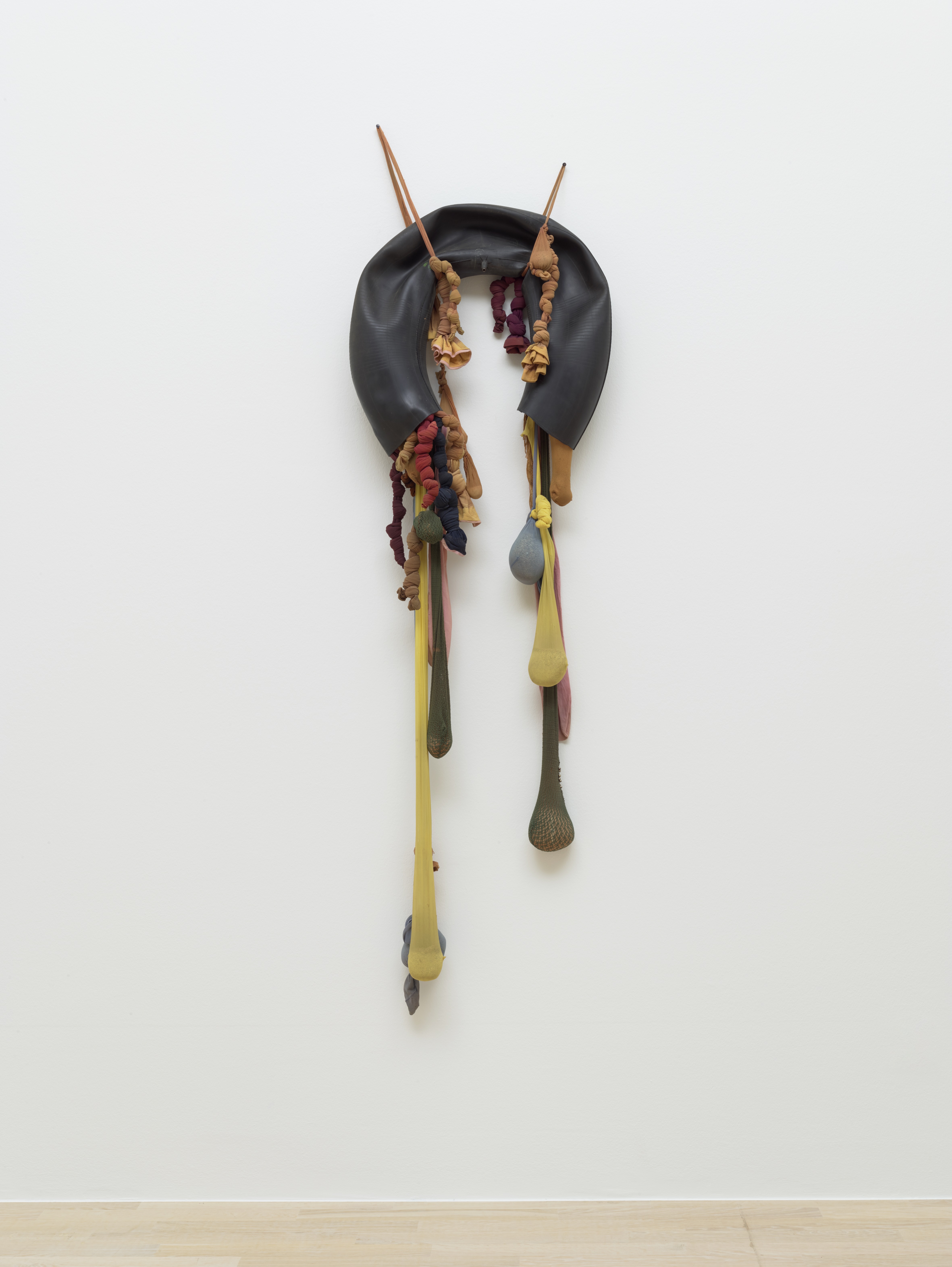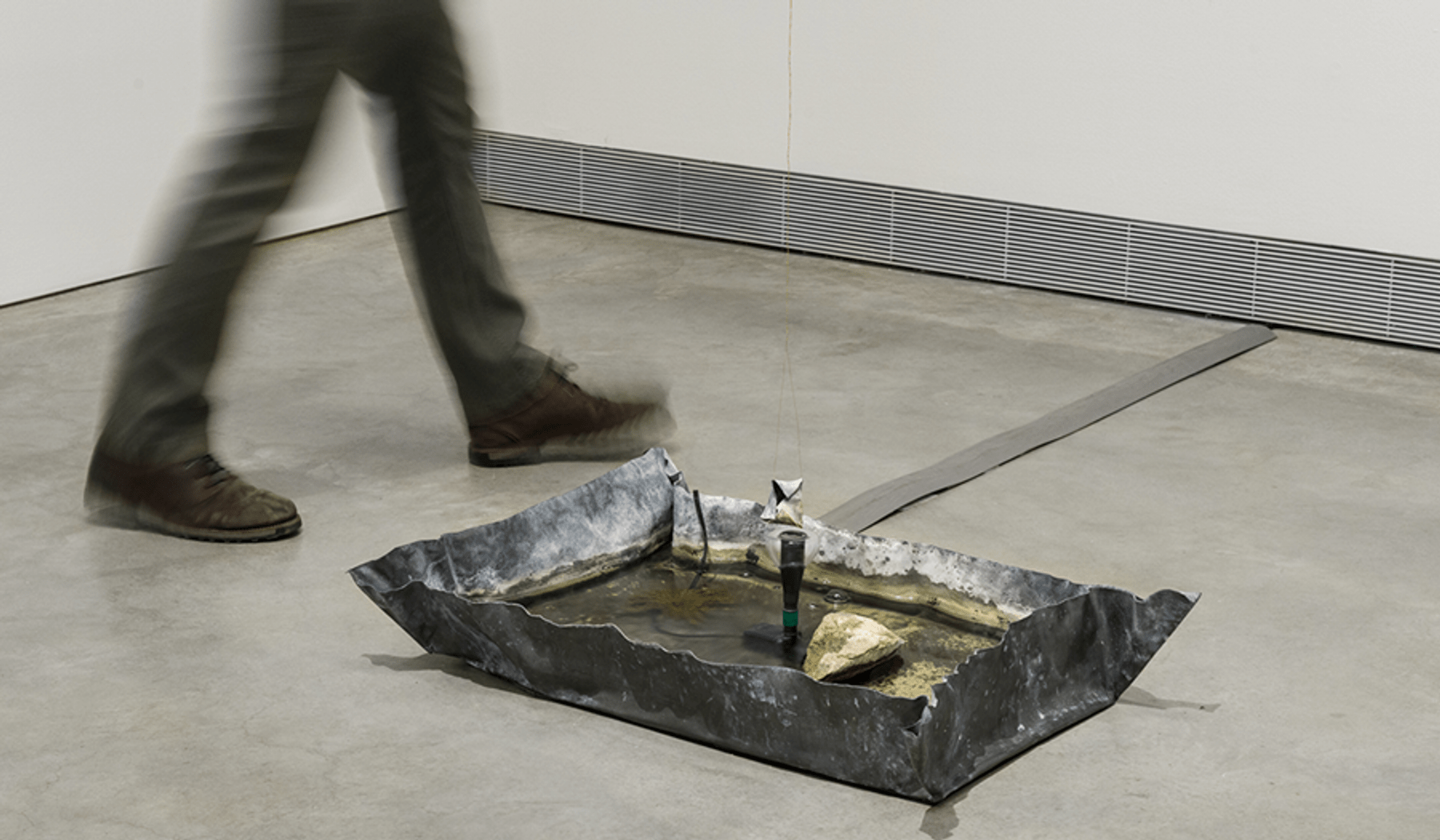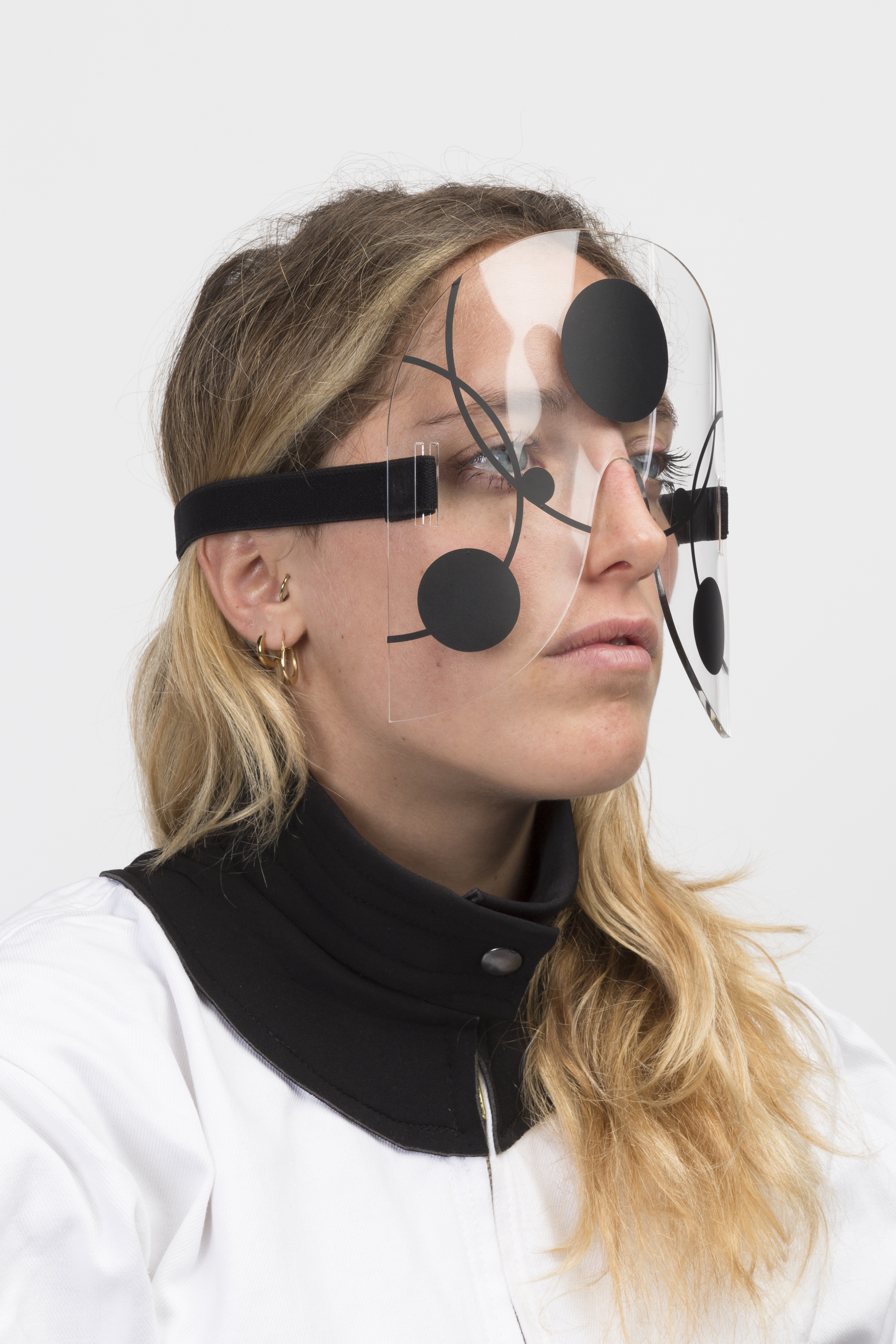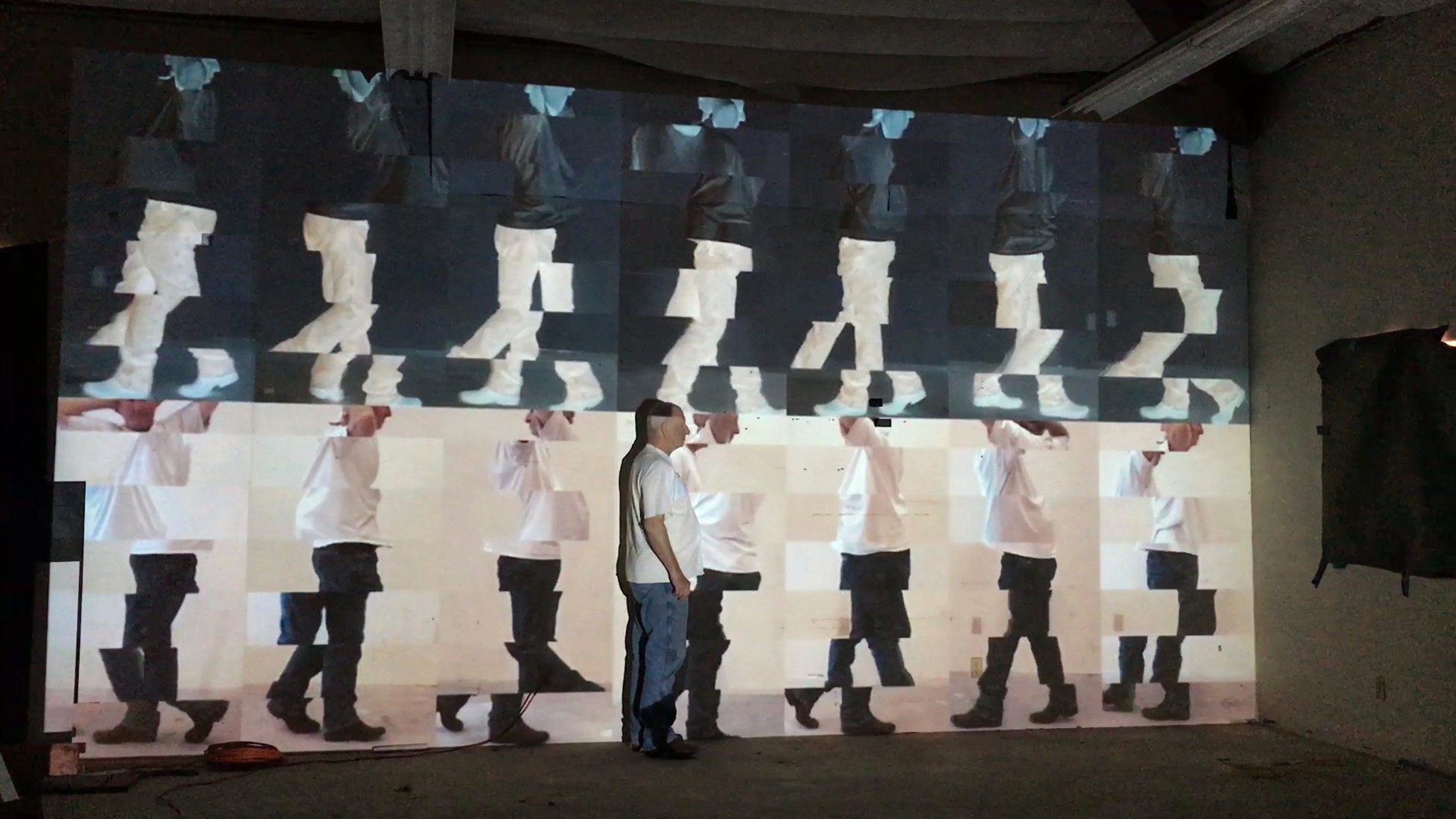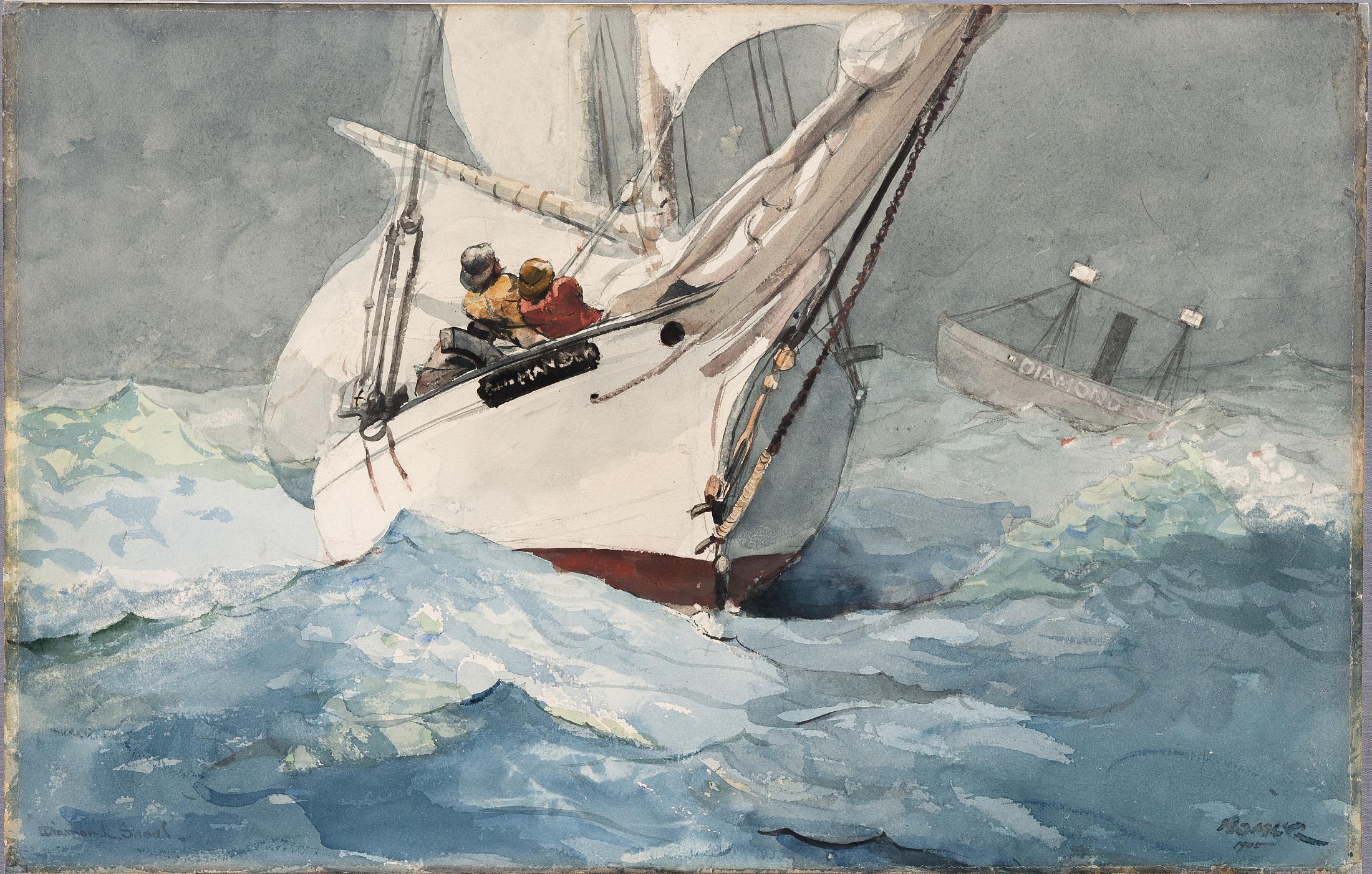Ink and Gold: Art of the Kano
February 16–May 10, 2015
Philadelphia Museum of Art
Dorrance Galleries
2600 Benjamin Franklin Parkway
Philadelphia, PA 19130
www.philamuseum.org
Facebook / Twitter / Tumblr / YouTube / Instagram
The Philadelphia Museum of Art will present the first major exhibition outside Japan to be dedicated to the Kano painters, the most enduring and influential school of Japanese painting. Established in the 15th century, the Kano created and upheld standards of artistic excellence in Japan for nearly 400 years. It developed against the backdrop of one of the greatest periods in Japanese history. Ink and Gold: Art of the Kano will focus on the artistic dynasty’s leading figures and will be drawn largely from Japanese imperial, national, and private collections, including those of such celebrated cultural landmarks as Nijō-jō and Nagoya castles. The exhibition will feature rare and magnificent works—many distinguished by their stunning use of gold leaf—that are considered treasures in Japan for their high cultural importance and rarity. The exhibition will be seen only in Philadelphia.
The Kano School was significant both for its longevity and for the achievements of some its most illustrious members, such as its founder, Kano Masanobu (1434–1530), and Kano Tan’yū (1602–1674). It also became an academy, with rigorous training in workshops that fostered the development and preservation of painting traditions. The Kano School arose and then prospered under unique circumstances, first in Kyoto and then in Edo (present-day Tokyo), with the patronage of Japan’s military and political elite. With the waning of their power and the opening of Japan to cultural influences from abroad in the late 19th century, the preeminent role of the Kano School in Japanese art came to an end.
Timothy Rub, the George D. Widener Director and CEO, stated: “Ink and Gold is a much anticipated milestone, both for this Museum and for the study of a significant chapter in the history of Japanese art. This is the most important exhibition of Japanese art that Americans will see in a very long time, and a once-in-a-lifetime opportunity to experience some of Japan’s greatest artistic achievements. The exhibition will be a revelation and a delight to our visitors.”
The last exhibition to be devoted to the entire history of the Kano School was seen in 1979 in Tokyo. In Philadelphia, due to their light sensitivity, the works in Ink and Gold will be presented in three rotations, offering multiple opportunities to experience the full depth, scope, and variety of the Kano painters’ remarkable achievements.
Included are works spanning the entire history of the School. The story begins with the exceptionally rare paintings of Masanobu, who specialized in ink landscapes distinctive for their craggy hills and distant vistas inspired by China, which deeply informed Japanese culture. Among these is a National Treasure, a hanging scroll depicting a famous scholar admiring lotuses in a mist-filled scene. Sets of folding fans made for privileged women or visiting emissaries are also on view. Panoramas of farming across the seasons abound in the exhibition, reflecting an enduring theme based on Confucian ideas that prosperous agriculture results from good government.
Many of the most dazzling works in the exhibition are those created for public display, especially the large-scale folding screens and sliding doors designed for the residences of Japan’s elite in the 16th and 17th centuries, with oversized figures and landscapes. These include Tan’yū’s Eagle and Pine Tree (Nijō-jō Castle), Wasteful Payment for an Observation Tower (Nagoya Castle), and scenes of tigers prowling amid bamboo and images from The Tale of Genji.
Dr. Felice Fischer, the Museum’s Luther W. Brady Curator of Japanese Art and Senior Curator of East Asian Art, stated: “Our fascination with the Kano actually began with artists represented in our own collection who were active in the final years of this remarkable dynasty. We wanted to explore their roots. We had done exhibitions that looked at the rebels and the renegades. As we now turn our attention to the academy, I am sure it will open people’s eyes.”
Ink and Gold is drawn primarily from Japanese collections, with loans from US museums and contributions from the Philadelphia Museum of Art’s permanent collection. A broad range of programs such as film screenings, family celebrations, performances, lectures, and dining events will be offered throughout the run of the exhibition.
Catalogue
The exhibition will be accompanied by a fully illustrated catalogue, co-published by Yale University press and the Philadelphia Museum of Art.
Support
This exhibition is made possible by the E. Rhodes and Leona B. Carpenter Foundation, the National Endowment for the Arts, Toshiba Corporation, Toshiba International Foundation, The Japan Foundation, Blakemore Foundation, The Hollis Endowment for East Asian Art Educational Programming, and The Robert Montgomery Scott Endowment for Exhibitions. Additional generous support has been provided by Maxine S. and Howard H. Lewis, Jeanette Lerman-Neubauer and Joseph Neubauer, Steve and Gretchen Burke, Joan and John Thalheimer, the Estate of J. Welles Henderson, Barbara B. and Theodore R. Aronson, Andrea M. Baldeck, M.D., Marguerite and Gerry Lenfest, Sueyun and Gene Locks, and Cecilia Segawa Seigle Tannenbaum, and by an indemnity from the Federal Council on the Arts and the Humanities. The accompanying publication was supported by The Andrew W. Mellon Fund for Scholarly Publications at the Philadelphia Museum of Art and The Women’s Committee of the Philadelphia Museum of Art.
The exhibition is organized by the Philadelphia Museum of Art and co-organized by the Agency for Cultural Affairs of Japan with the special co-operation of the Tokyo National Museum. International transportation is sponsored by Japan Airlines.
For additional press information contact the press office at pressroom@philamuseum.org or
T +1 215 684 7860. For general information, call T +1 215 763 8100 or visit philamuseum.org.

